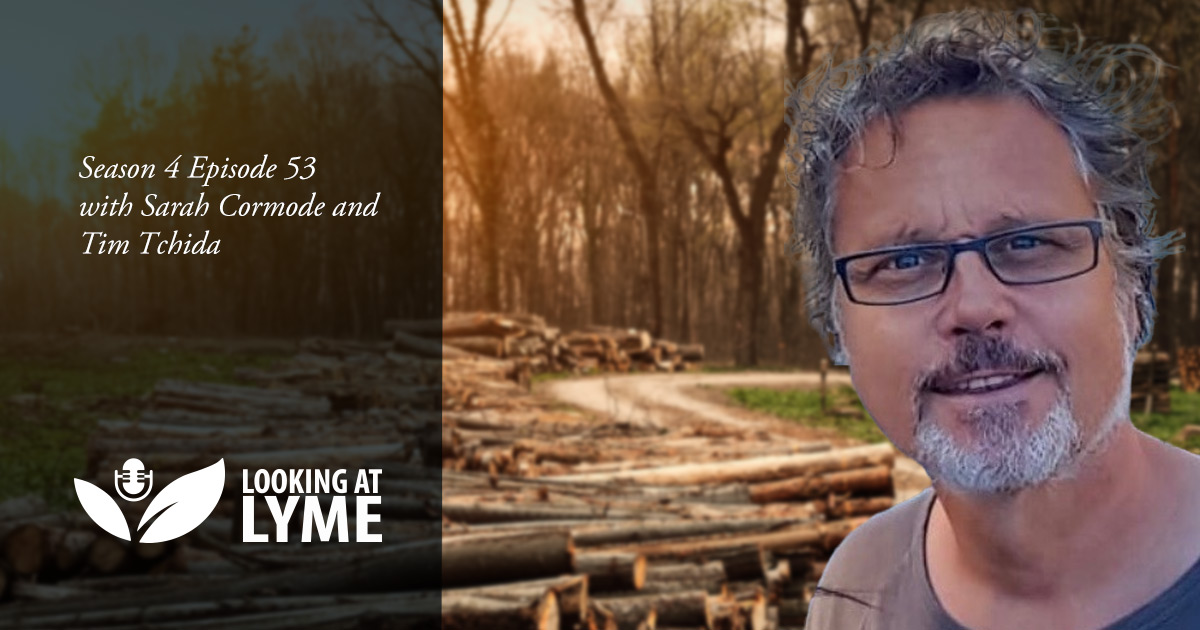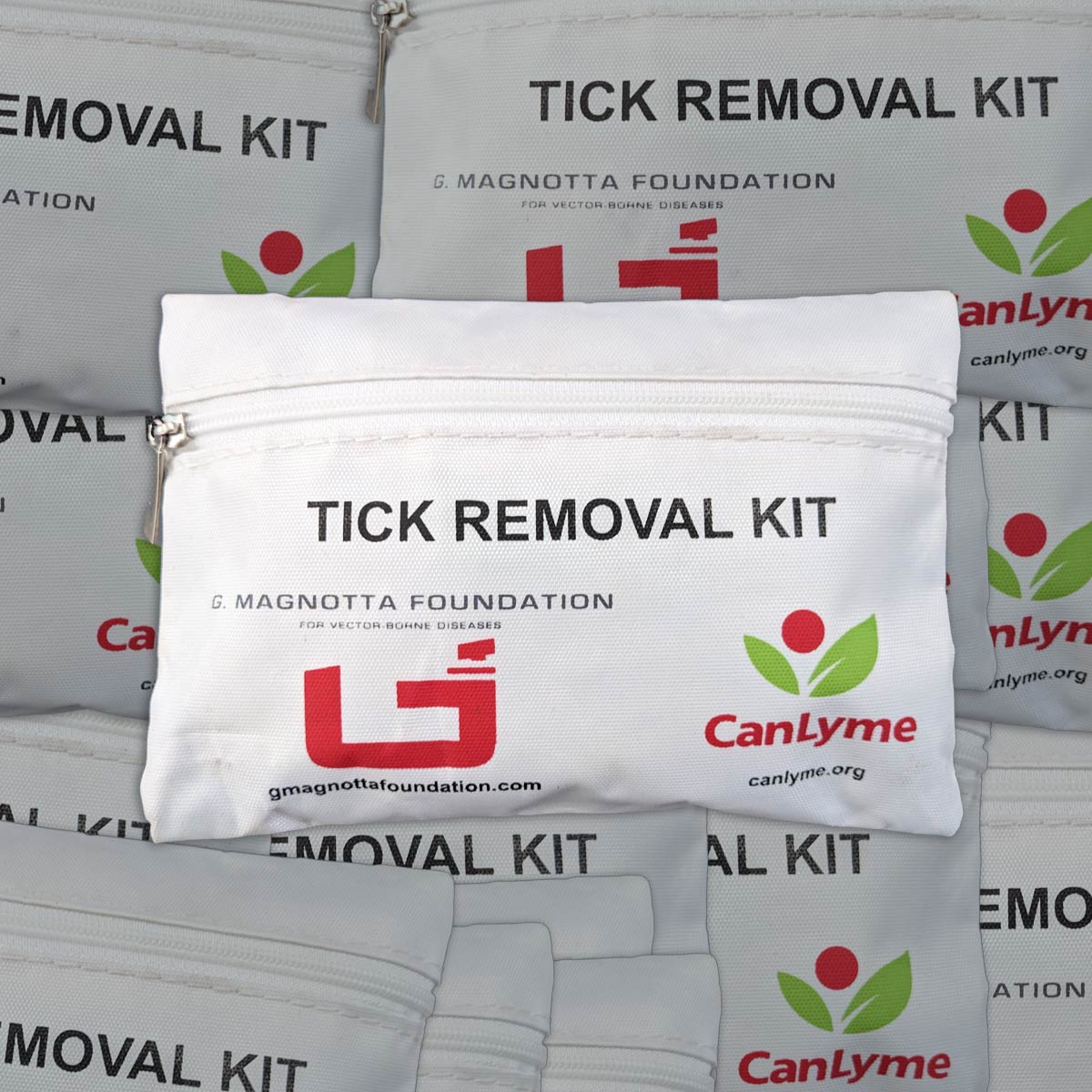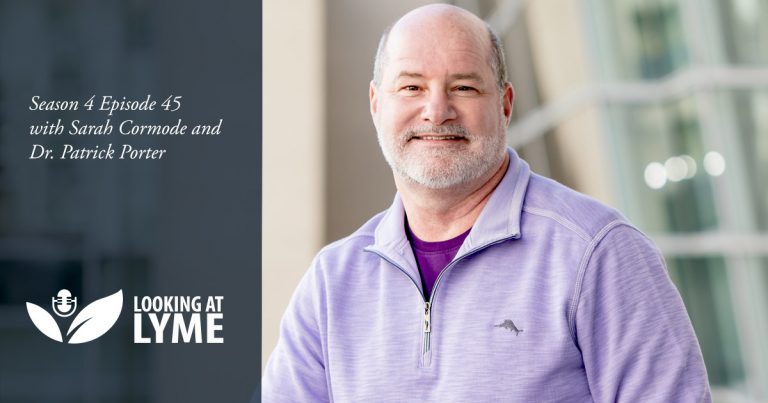53. Ticks in the outdoor workplace with Tim Tchida
Preventing tick bites and tick-borne illnesses on the job.

Ticks can be found in our backyards, parks and school grounds, and for thousands of Canadians, they can also be found in their workplace. Foresters, linesmen, landscapers, and tree planters are among the many outdoor workers who are at risk of encountering ticks in their day-to-day work. Even people who work indoors such as veterinarians and pet groomers are potentially exposed to this occupational hazard.
Raising awareness in the tree planting industry
In this podcast, we connect again with Tim Tchida, a business operator in the reforestation industry. He has been an industry leader in raising awareness about tick borne illnesses. We originally spoke to Tim two years ago in episode 21 about what he was doing to help raise awareness about this occupational hazard and first aid processes they had in place to keep their employees safe.
“Now that we’ve started bringing it to awareness, we’re starting to see at least multiple reports of ticks on people without being embedded and only a few embedded ticks per year. So I think once we start looking for them, we’re going to see that they’re there, and they’re everywhere.”
Tim Tchida, Summit Reforestation
Tick encounters on the rise
Since we last spoke with Tim two years ago, he reports that in his industry, there is more discussion about ticks and Lyme disease. He has also heard of several tree planters who have either had tick bites or have been diagnosed with Lyme disease. Whether it’s because of an increase in the number of ticks, increased awareness of ticks, or both, Tim has noticed an increase in the number of tick encounters over the last few decades. Fortunately, in many cases, ticks were discovered before they were able to become embedded and transmit pathogens.
“One of the most important things that we’re doing, is being proactive in self-checking and even having partners check, and every day…because the biggest part of all of this to prevent ticks from embedding on you.”
Tim Tchida, Summit Reforestation
Daily tick checks are key
Sarah and Tim reflect on their experiences in tree planting, where people spend almost all of their time out in nature. Tim highlights the importance of doing daily tick checks and having a partner to help check for ticks, and points out that self checking for ticks needs to be part of everyone’s daily routine. He also notes that the general public and even those in the medical profession are often not aware of the consequences of Lyme disease and urges people to seek out adequate treatment. Sarah and Tim remind listeners to be on the lookout for new symptoms, and to be aware of the very real problem of recurring symptoms after treatment has ended.
“One thing that we can do as employers is educate our employees on potentially some acute treatment that needs to be done, or that should be done…they then can talk with their doctors about it if they have an embedded tick.”
Tim Tchida, Summit Reforestation
Tick mapping and testing
Sarah and Tim talk about the Canadian Tick Map and the importance of recognizing where ticks have been found and what pathogens they carry. Tim emphasizes the importance of documenting bites, sending ticks for testing and keeping statistics, and would like to see these become industry standards. He explains that doing training around ticks and tick-borne illnesses and paying for tick testing is part of the care relationship within business, and should be viewed as part of the cost of running a business.
“Keeping the tick…looking at industry protocol, that’s something that I think is absolutely imperative, that that tick is kept…I think it should be standard protocol in industry, that if there’s an embedded tick on a person, that that tick does get sent away for genetic testing.”
Tim Tchida, Summit Reforestation
The role of industry: putting protocols in place
Tim believes that industry should be taking on the responsibility of alerting employees of the risks of Lyme disease. He notes that it is not very costly to put protocols in place. Tim would like to see better education for doctors in this area and increased awareness for everyone.
First aid training and tick removal kits
Sarah highlights the importance of having tick removal kits on hand and educating first aid workers so they can support people with confidence in the field. Tim adds that supervisors and foremen also need that training and should be carrying tick removal kits as well. Tim and Sarah discuss the importance of removing ticks (without dropping them!), and saving them in a sealed container to send for testing.
“Industry is on the right track…people are aware now of Lyme disease…what we do with it and how we implement it, is really, I think the next level of maturing industry, and just to make it as a protocol for that PCR testing would be a huge step.”
Tim Tchida, Summit Reforestation
What to look for after a tick bite
Some of the early signs to look out for after a tick bite are rash, fatigue, flu like symptoms, and sleep issues. Tim points out that tick testing can help in decision making around treatment which could include 4-6 weeks of antibiotics. He also notes that a negative tick test can prevent the use of prolonged antibiotics when they are not required.
CanLyme Tick Removal Kit: stay safe and support CanLyme
Sarah informs listeners that CanLyme Tick Removal Kits are not only helping people stay safe in the outdoors; they are also an important fundraising initiative for CanLyme. She encourages industries to take advantage of bulk order discounts offered by CanLyme so their employees can keep them in their trucks or packs. Information about bulk order can be found by visiting CanLyme.com.
“I think than more than first aid attendants should be carrying tick removal kits…having supervisors and foremen have tick removal kits is essential…training people just to keep the tick…remove the tick, don’t drop it, put it in a baggie, put it in the freezer.”
Tim Tchida, Summit Reforestation
Creating strategies for prevention
Sarah notes that lawmakers in New York are considering making Lyme disease an occupational hazard and adds that Lyme is more of a concern in the Eastern US and Canada. Tim reiterates the preventative approach for industry that includes creating a process for education and tick testing. Tim also points out that adequate early treatment helps reduce the chance of more severe consequences of Lyme disease.
Educating healthcare providers
Sarah notes that the Canadian Centre for Occupational Health and Safety is also bringing attention to Lyme disease. She points out however, that although they recommend doctors gather information to make a clinical diagnosis, many doctors in Canada are not adequately trained to make a clinical diagnosis of Lyme disease. She reminds listeners that education grants are available for Canadian healthcare providers interested in increasing their knowledge about tick-borne illnesses.
Tim’s experience
Tim reiterates that some doctors don’t believe that Lyme is consequential. Many of the people he has met with Lyme disease have seen 20 or 30 doctors. He shares his experience of recovery with long term treatment and directs people to Armin labs for testing. Sarah points out that many people with Lyme disease have not found solutions within the Canadian public healthcare system and are having to seek out private health care and pay out of pocket. She hopes that in the future, everyone will be able to access the treatment they need within the public system. Tim points out that healthcare costs and suffering could be reduced by preventing chronic Lyme disease with proper early treatment.
“Imagine the impact that could be made on the expense of long term chronic treatment, and reducing that, if there is just (adequate) short term acute treatment…if doctors knew that could be preventative, the expense that could save, and the suffering, the impact would be incredible.”
Tim Tchida, Summit Reforestation
Predictability, safety and care
Sarah and Tim talk about the sense of community in tree planting, and what it’s like to live together as tree planters. Tim’s philosophy of authentic community includes predictability, safety and care. In contrast to taking a “bottom line” first approach, Tim’s asks, “What are we doing here together, and then when we do it together well, how does that generate bottom line?” For Tim, caring for employees includes testing for ticks, and points out that in turn, that will also support the bottom line.
Moving forward with better testing and treatment
Tim recalls his discussion with CanLyme president Dr. Sperling regarding her tick research. He hopes that increased funding will move forward our understanding of ticks and lead to improved diagnostics and treatment for Lyme disease. Thank you Tim for being an industry leader when it comes to prevention of tick bites and tick-borne illnesses. If ticks encounters are a possibility in your workplace, be informed and stay safe!
“That community that we’re all so longing for is there in tree planting…it’s about caring for each other…in my experience is business is…what are we doing here together and then when we do it together well, how does that generate bottom line…part of doing it together well is about creating community which involves predictability, safety and care…if that’s what your first goal is, the other stuff happens within business…what do we need to do, as a part of the cost of doing business in order to bring that care for Lyme disease and tick-borne illness. One of those cost has to be testing embedded ticks.”
Tim Tchida, Summit Reforestation







